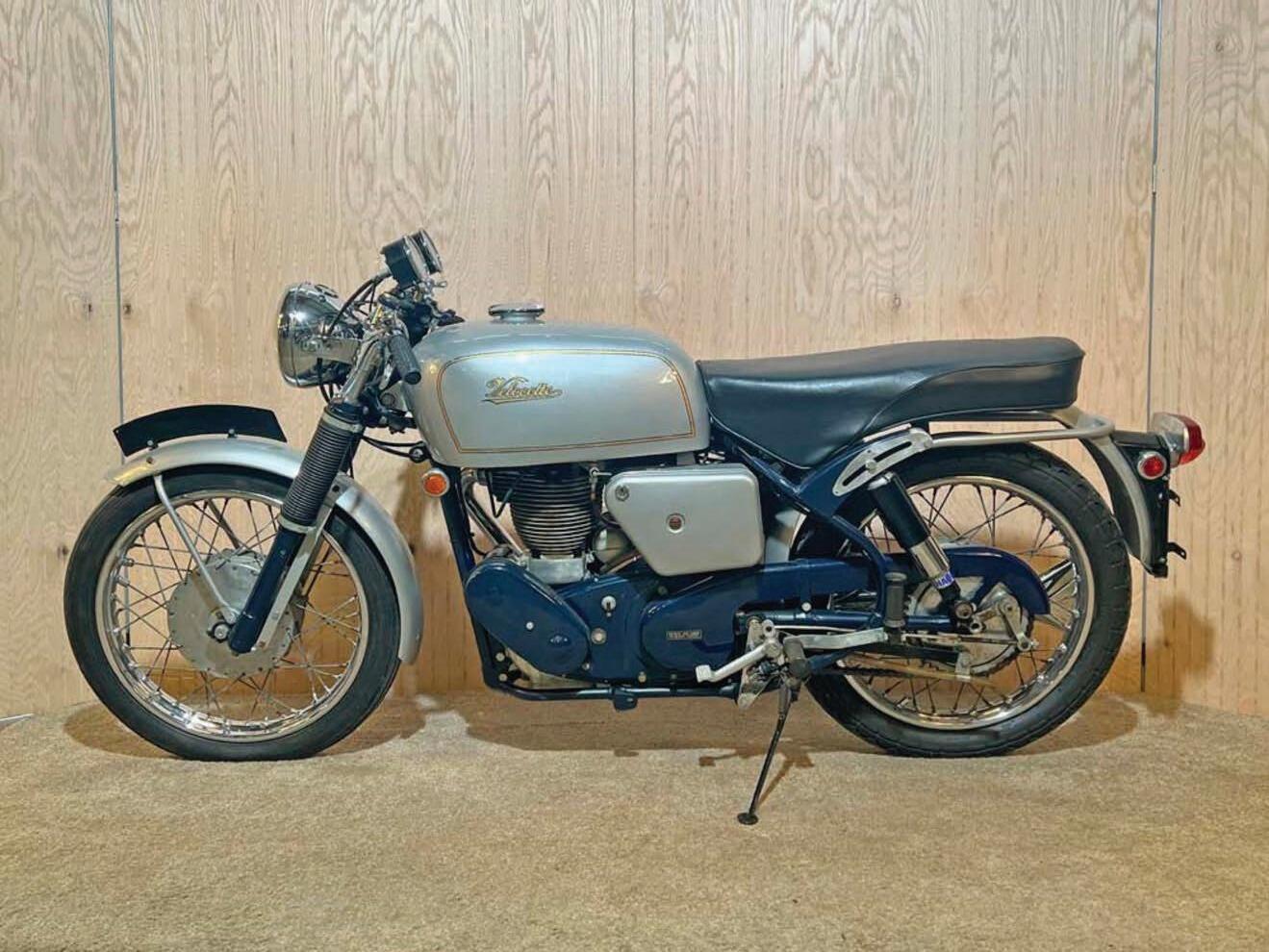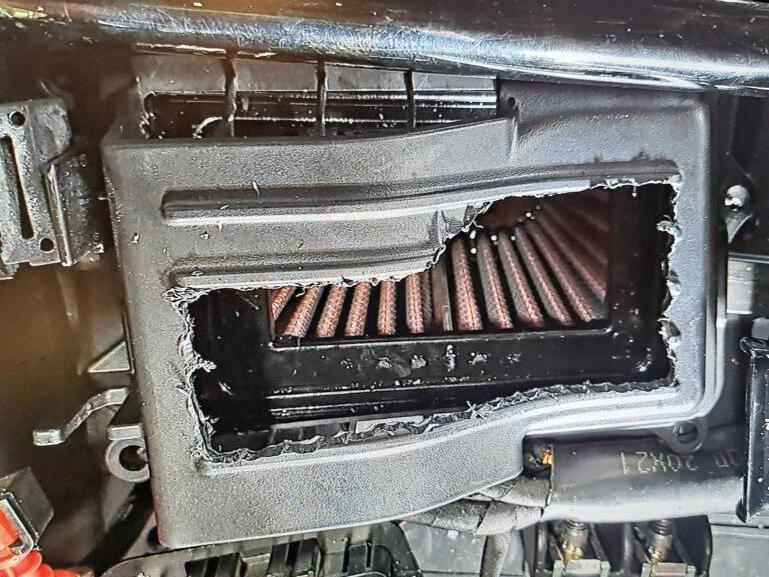
2 minute read
CR Tech HONDA CB750 PROJECT FIGHTING CB REVISITED A Master Class
Story and Photos by Mike Seate
There comes a time when we have to admit we don’t know everything. At these times, outside help is invaluable especially when it’s being dished out by a genuine expert. Our 1977 Honda CB750 project had stalled bigtime thanks to a basic lack of knowledge on how to proceed with the Japanese four after installing the forks, wheels and engine. When Managing Editor, Kim Love suggested we call Bob Hesch, a legend in local Honda circles, we had to agree. During the 1970s and early ‘80s, Hesch ran a championship-winning endurance racing team (featured in issue #71) and, lucky for us, he recently returned to the area. He agreed to sort out our CB750 and we hoped his wealth of experience would help get the bike back on track.
Advertisement
“The front wheel is on backwards, the master cylinder is shoddy and the carb intake rubbers are way past their sell-by date,” barked Hesch, after a brief assessment of the Honda. Besides those glaring inefficiencies, he did offer faint praise for parts of the build. He agreed that testing the engine’s vi- ability by hooking a battery lead to the starter was a bright one. “You won’t believe how many idiots build a complete motorcycle before realizing the engine is seized,” Hesch said. And he thought our decision to supplement the single-piston front caliper with updated EBC rotors and a second caliper was admirable.
“We used to add a second caliper to our Honda 750 race bikes because the brakes back then were such garbage. It made the front end heavier and slowed down the steering a little, but it really made a difference, especially when slowing down from top speed,” he said.
Hesch then set about installing our clutch cover and its cable activation mechanism, explaining how the cable would need routed in order to work properly. The basket case Honda came with an oddball set of carburetors originally fitted to a Kawasaki Z1 for some unknown reason. Well, unknown to everyone but Hesch, that is. “Lots of guys ran Kawasaki carburetors because the Z1s were a lot faster than these early Hondas. If you look at the diameter of the carbs, they really aren’t that big, but the Kawasaki’s diameter was maybe two millimeters larger, and that could make a small difference,” he said.

As he’d first observed, the intake manifold rubbers were likely OEM and had become brittle and unusable after 46 years. Lucky for us, our friends at Oregon’s Speed Moto Co. had send a quartet of replacement intakes that Hesch fitted on in minutes. Years of quickly replacing and rebuilding carburetors in racetrack paddocks meant that our guest technician inspected each manifold clamp before lubing the new intakes and shoving the Kawasaki carbs into place.
“If you’re not running an airbox, the weight of the bank of four carbs will eventually wear on the rubbers and they’ll start to sag. Then air gets into the cylinders and people always wonder why the bikes aren’t running properly,” Hesch schooled us. “It’s best to tighten the manifold clamps every few months or rig up some kind of support to take the weight off.”

One day with Uncle Bob felt like a master class, and his quick prognosis of the wellworn brake master cylinder we’d bolted on, imagining it was a bargain, saved us loads of time. He promised to come back and assist us further; we’re eager – and grateful –for the schooling. Build on. CR
Resource: speedmotoco.com










